October 11, 2024
Tag:

Solid state electrolyte materials have become the core driving force for the development of solid-state battery technology due to their high safety, long cycle life and high energy density.
As a pioneer in providing solid-state electrolyte preparation solutions, Boyee has successfully overcome many production difficulties with its unique process flow and technological innovation, laying a solid foundation for the commercial application of solid-state batteries.
01
Detailed explanation of the production process of Solid state electrolyte preparation
The production process of Boyee Solid state electrolyte materials includes key steps such as ton bag feeding, metering and feeding, ingredient mixing, shaking and sintering, crushing, drying, cooling, mixing and emulsification, grinding system, demagnetization/filtration, and automatic canning.
The raw materials are fed in the form of ton bags, and the feeding amount is accurately controlled by metering the feeding silo to ensure that the raw material ratio meets the preset requirements.
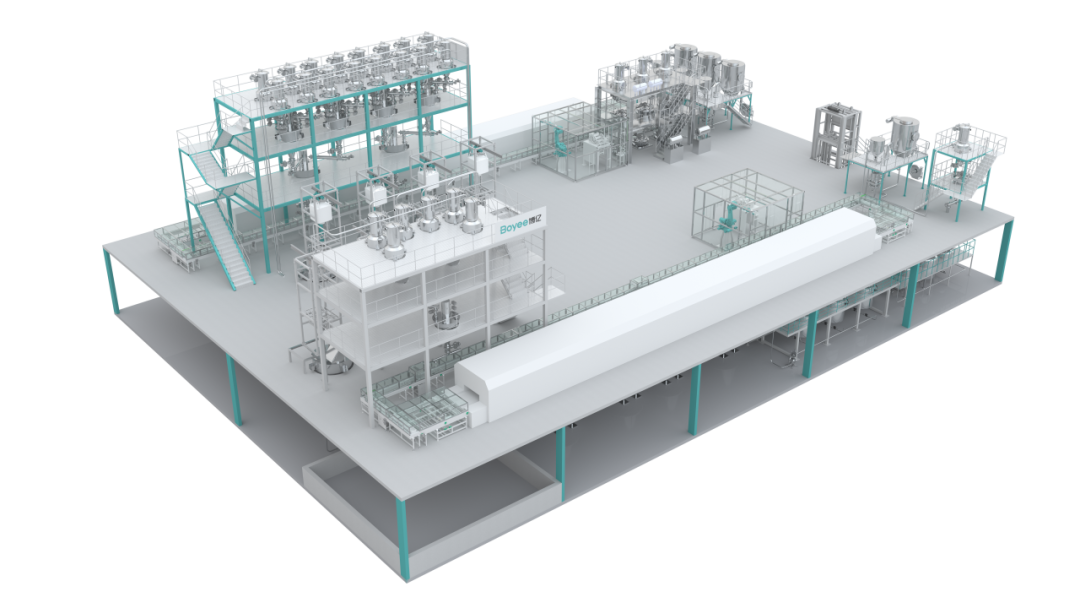
During the mixing process, high-efficiency mechanical stirring equipment is used, which generates strong shear force and vortex through the combination of precision blades and shafts, so that the materials can flow and collide in all directions, the particles are dispersed and reorganized, and highly uniform mixing is achieved quickly.
The mixed raw materials are shaken to ensure uniform distribution of the components at the microscopic level.

Subsequently, the sintering stage is entered, and by precisely controlling the sintering temperature and holding time, the Solid state electrolyte can form good crystallinity and density.
The sintered material is crushed to reduce the particle size and increase the reaction surface area, and then dried to remove moisture from the material.
Through the emulsification treatment stage, the uniformity and dispersion of the material are further improved.
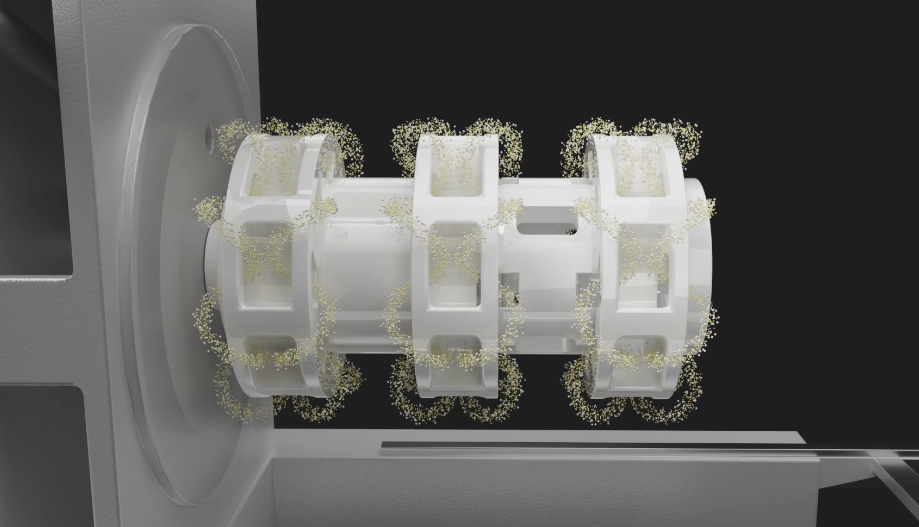
The material enters the grinding system, utilizing the interaction between the grinding media and the slurry, as well as the high-intensity shear and impact forces generated by the rotor.
Effectively break up agglomerates in the slurry, refine particles, and ensure that the slurry reaches the expected particle size distribution and fineness.
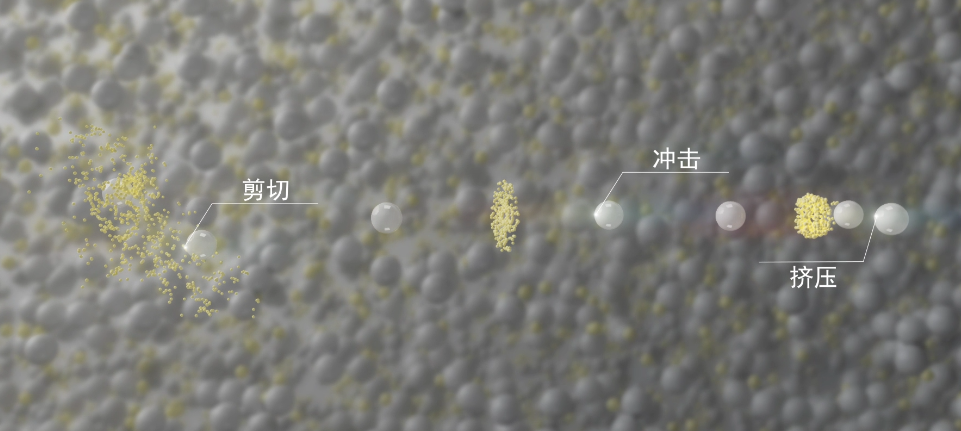
The ground slurry is demagnetized and filtered, and finally the finished Solid state electrolyte slurry is accurately filled into the designated container.
02
Key technology innovation and data analysis
Fully enclosed operation and dust control: The production line is designed with fully enclosed operation to effectively prevent dust leakage.
Equipped with pushing, kneading and vibrating devices, it ensures that materials can be transported smoothly and without obstruction, reducing blockage and accumulation. According to on-site data monitoring, the dust leakage rate has been reduced by more than 90%.
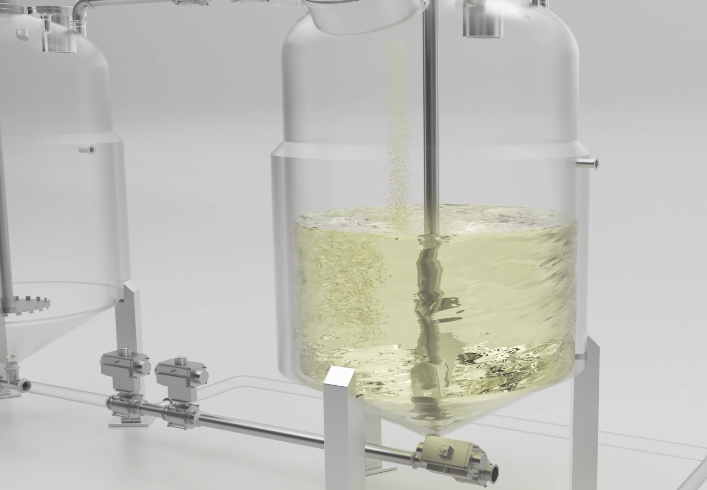
Efficient mixing and uniformity: High-efficiency mechanical stirring equipment is used to generate strong shear force and vortex through the combination of precisely designed blades and shafts.
Experimental data show that the equipment can achieve a highly uniform mixing state of materials in a short period of time, and the mixing efficiency is increased by more than 30% compared with traditional equipment.
Through the detection of particle size analyzer, the particle size distribution of the mixed material is more uniform.
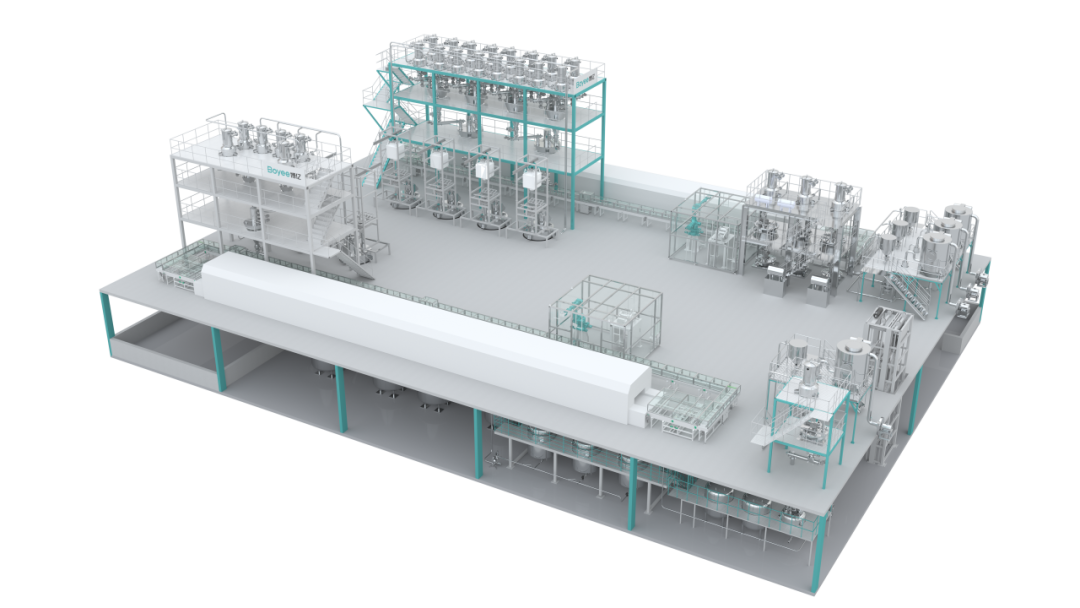
Fine grinding and particle size control: The grinding system uses advanced grinding media, rotor structure and process parameters, and through precise optimization, the slurry can achieve the expected particle size distribution and fineness.
Data analysis shows that the particle size distribution of the slurry after grinding is uniform, and the average particle size is 20% smaller than that of the traditional process, which improves the ionic conductivity and electrochemical properties of the Solid state electrolyte.
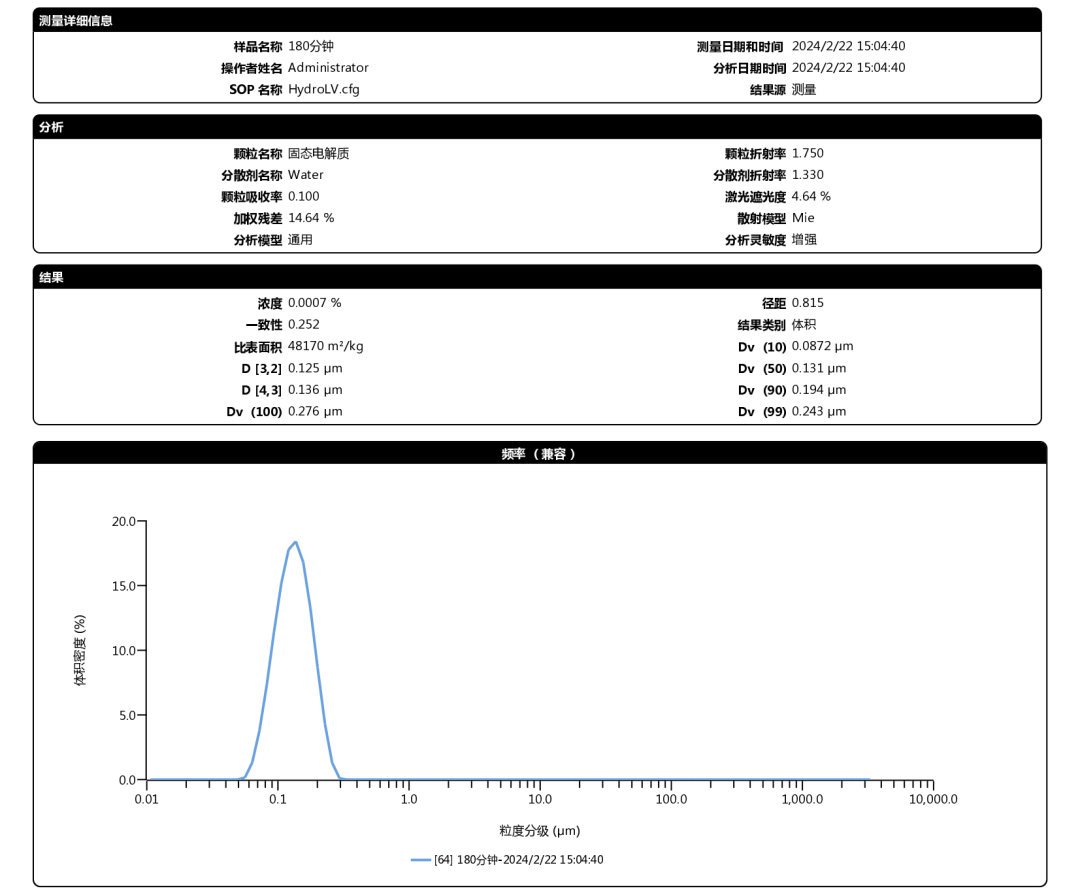
Figure: Test data of Boyee Solid state electrolyte after grinding
Scanning electron microscopy showed that the morphology of the ground particles was more regular and the agglomeration phenomenon was significantly reduced.



Contact Us
Tel: (+86) 400 610 1188
WhatsApp/Telegram/Wechat: +86 13621645194
+86 15021993094
Follow Us:




 Pharma Sources Insight July 2025
Pharma Sources Insight July 2025


